Introduction to Light Microscopy
Overview
The light microscope is an instrument used by researchers in many different fields to magnify specimens to as much as a thousand times their original size. In its simplest form, it is composed of a clear lens that magnifies the sample and a light source to illuminate it. However, most light microscopes are much more complex and house numerous fine-tuned lenses with tightly controlled dimensions all within the body of the microscope itself and in components such as the objectives and eyepieces. In this video, the major components of the light microscope are described and their uses and functions are explained in detail. The basic principles of magnification, focus, and resolution are also introduced. Basic light microscope operation begins with bringing light to the sample and ensuring that the light source is of the correct intensity, directionality, and shape in order to produce the best quality image. Next, the sample must be magnified properly and brought into focus to view the region of interest. There are many practical applications for light microscopy including the viewing of stained or unstained cells and tissues, resolving small details of specimens, and even magnifying a region of interest during surgery to assist with complex procedures on the micron scale.
Procedure
The light microscope is an instrument used for magnifying research specimens. Light microscopes are an invaluable analytical tool that have the potential to allow scientific investigators to view objects at 1000 times their original size. As you will see, the light microscope operates via some very basic principles but has nearly limitless applications for visualizing specimens in the lab.
As its name implies the light microscope requires a light source, which produces light that can be
Skip to...
Videos from this collection:
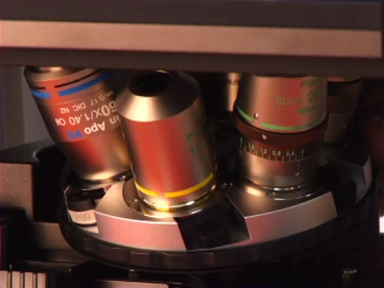
Now Playing
Introduction to Light Microscopy
General Laboratory Techniques
815.2K Views
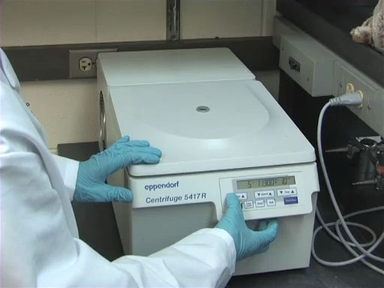
An Introduction to the Centrifuge
General Laboratory Techniques
488.3K Views
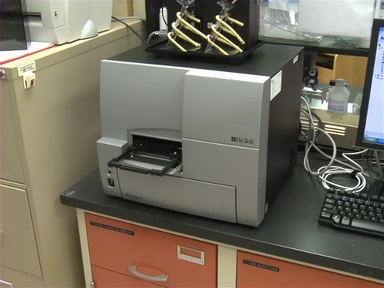
Introduction to the Microplate Reader
General Laboratory Techniques
126.7K Views
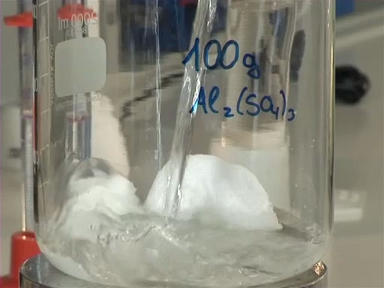
Understanding Concentration and Measuring Volumes
General Laboratory Techniques
216.1K Views
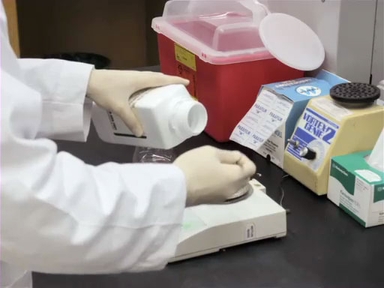
Making Solutions in the Laboratory
General Laboratory Techniques
211.4K Views

An Introduction to the Micropipettor
General Laboratory Techniques
584.4K Views
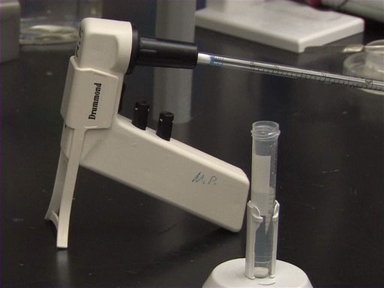
Introduction to Serological Pipettes and Pipettors
General Laboratory Techniques
219.1K Views
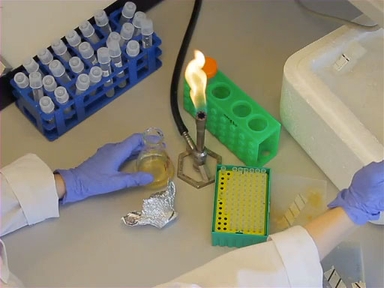
Introduction to the Bunsen Burner
General Laboratory Techniques
207.3K Views

An Introduction to Working in the Hood
General Laboratory Techniques
151.3K Views
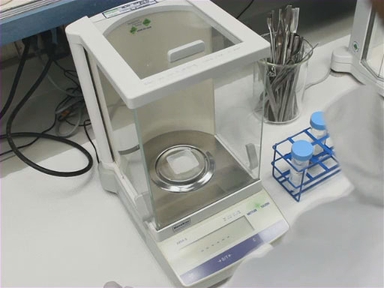
Measuring Mass in the Laboratory
General Laboratory Techniques
170.9K Views

Introduction to the Spectrophotometer
General Laboratory Techniques
518.3K Views
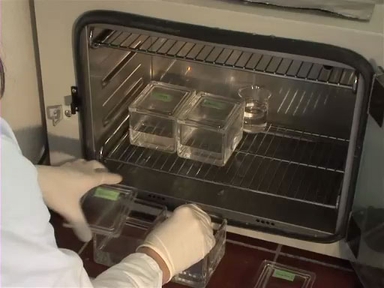
Histological Sample Preparation for Light Microscopy
General Laboratory Techniques
240.4K Views

Introduction to Fluorescence Microscopy
General Laboratory Techniques
350.0K Views

Regulating Temperature in the Lab: Preserving Samples Using Cold
General Laboratory Techniques
65.7K Views
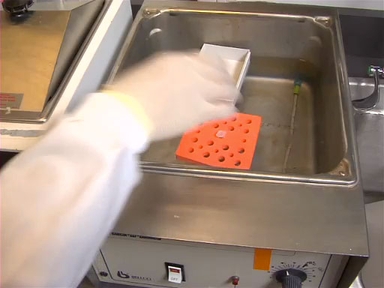
Regulating Temperature in the Lab: Applying Heat
General Laboratory Techniques
81.3K Views
Copyright © 2025 MyJoVE Corporation. All rights reserved